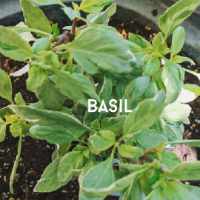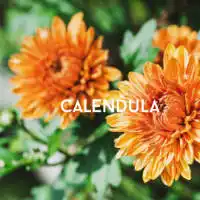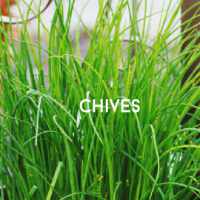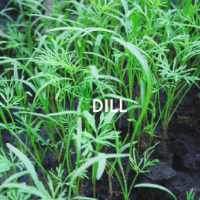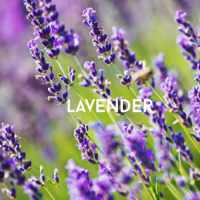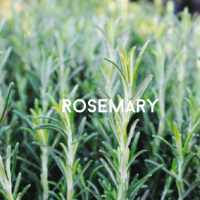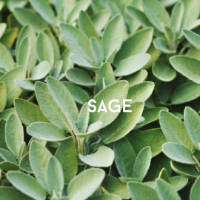You don’t need to be a gardening expert to cultivate a thriving herb garden. Many herbs are compact plants that don’t require much space, and once they’re established, they’re quite low-maintenance.
Not only are herb gardens pretty to look at, the scent is heavenly and they provide you with a fresh supply of seasonings. In this guide, you’ll discover everything you need to know about growing both perennial and annual herbs.
We’ll cover the best times and methods for planting herbs, essential care tips, harvesting guidelines, ideal companion plants, and creative layout ideas for your herb garden.
Herbs are the friend of a physician and the pride of cooks
Charlemagne
This post may contain affiliate links. Please read our disclosure policies.
Tips on Growing an Herb Garden in Phoenix Arizona: Gardening Zone 9b
Many herbs originate from hot or tropical climates such as the Mediterranean, North Africa, southeast Asia and Central America. It’s no wonder herbs are so easy to grow in Phoenix. You can grow an herb garden in Phoenix in just a few easy steps.
- Choose a spot in your yard where herbs receive morning or mid-morning sun.
- Are you starting from seed or buying a starter plant? Either way you will want to plant the right time of year. In Phoenix the ideal time is October and February.
- If planting by seed, soak your seeds 24 hours before you plant.
- Keep seedlings moist until they show growth. After this water regularly and deeply. If your plants are in a container the soil will dry out faster, so you will need to water frequently.
What Kind of Herbs Can You Plant?
Herbs can be perennial, biennial, or annual. My favorite herbs are perennials. Plant them once and they keep coming back. Replant annual herbs each year.
When to Plant an Herb Garden in Phoenix
Warm season herbs prefer warmer weather and cool season herbs are herbs that can tolerate some cold. Plant cool season herbs in the fall and warm season herbs in the spring.
Herbs to Plant
AeroGarden Bounty Basic – Indoor Garden with LED Grow Light
If you would like to garden indoors year-round. You can grow up to 9 different herbs in this hydroponic AeroGarden.
How to Care for Herbs
Herbs are pretty easy to take care of. Water regularly and deeply once established.
If you choose to fertilize, use low-nitrogen, slow-acting fertilizer on herbs. When fertilizing we like to use liquid fish emulsion, however there are many different fertilizers available at your local nursery or home improvement stores.
When and How to Harvest Herbs
Harvest herbs after they show sustained growth, but before they start to flower. Just take a snip of the herb you want to use. When harvesting herbs cut no more than one-third of the plant. Most herbs will be at their peak flavor just before they drop their flowers.
Herb Garden Layout Design Ideas
Here’s a proposed layout for your herb garden. We’ll use a rectangular raised bed that is 4 feet by 8 feet and divide into sections for each herb group. You could also create a round garden bed using the same principles and keeping the taller herbs in the middle working your way out.
The Ultimate Herb Garden
This herb garden design includes 22 herbs you can use to add flavor to your meals, create teas, tinctures, and to attract beneficial pollinators.
Back Row (Tall Herbs)
- Anise Hyssop: 1-2 plants (2-4 feet in height)
- Basil: 1-2 plants (2-3 feet)
- Echinacea: 1-2 plants (2-4 feet in height)
- Fennel: 1 plant ( 6 feet)
- Toothache Plant: 1 plant (1-1.5 feet in height)
- Borage: 1-2 plants (2-3 feet tall)
- German Chamomile: 2 plants (3 feet tall)
- Lemon Balm: 1 plant (24-36 inches)
- Lemon Verbena: 1 plant (6 feet tall)
Middle Row (Medium Height Herbs)
- Chervil: 1-2 plants (12-24 inches)
- Cilantro: 2-3 plants (1-2 feet)
- Dill: 1 plant (1.5 – 4 feet)
- Lavender: 1-2 plants (20-24 inches
- Marjoram: 1 plant (up to 20″)
- Mint: 1 plant (keep in a pot to prevent spreading) Peppermint is 18 -36″ and strawberry mint is 12-18 inches
- Parsley: 1-2 plants (8-14 inches)
- Sage: 1 plant (2 feet)
- Toothache Plant: 1 plant (1-1.5 feet in height)
Front Row (Shorter Herbs)
- Basil: 2-3 plants (8-12 inches variety)
- Calendula: 2 plants (10-12 inches)
- Chives: 3-4 plants (10- 15 inches)
- Trailing Rosemary: 1-2 plants (6-8 inches)
- Trailing Oregano: 1 plant (6-12 inches)
- Winter Savory: 1 plant (4-16 inches)
- Creeping Thyme: 1-2 plants (2-3 inches)
Low Water Herb Garden
A low-water herb garden is an excellent way to conserve resources while still enjoying a vibrant, aromatic space. Let’s create a raised bed that is 4 feet by 8 feet, here’s how to arrange the herbs:
Back Row (Tall Herbs)
- Rosemary: 1 plant (3-5 feet in height)
- Lavender: 1-2 plants (2-3 feet in height)
- Lemon Verbena: 1 plant (6 feet in height)
Middle Row (Medium Height Herbs)
- Sweet Basil: 1 plant (24″ in height)
- Sage: 1 plants (2 feet in height)
- Marjoram: 1 plant (20″ in height)
- Oregano: 1 plants (2 feet)
Front Row (Shorter Herbs)
- Thyme: 1-2 plants (12-18 inches)
- Trailing rosemary: 1-2 plants (12-18 inches)
- Lemon or Dwarf Basil: 1-2 plants (8-10 inches)
Herb Companion Planting Considerations
- Basil pairs well with Chive, Dill, and Parsley.
- Chervil is great near Basil and Dill.
- Fennel should be planted away from Cilantro and Chervil, as it can inhibit their growth.
- Lavender is a great companion for many herbs, attracting beneficial insects.
- Mint can spread aggressively, so it’s best to plant it in a container or keep it separate from other herbs.
